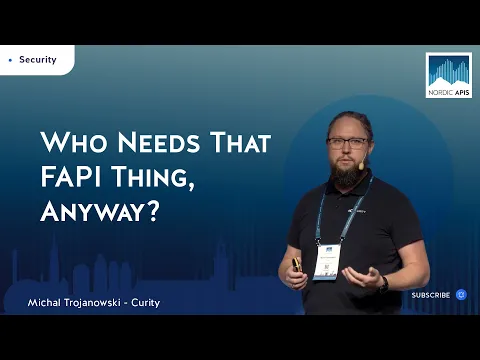
Financial Grade
Guides on going beyond standard OAuth security and using financial grade options for the strongest security
Guides on going beyond standard OAuth security and using financial grade options for the strongest security

Open Banking Brazil DCR Request Validation
This article describes how to perform advanced validation of a Dynamic Client Registration request to comply with the requirements of Open Banking Brazil specifications.

Consentors in Financial-Grade
A guide for using consentors to meet financial-grade requirements.

App2App Mobile Architecture
An architectural summary of the App2App authentication flow and how it can be used in an Open Banking setting.

How to Implement Financial-Grade Security
Overview of the different OAuth 2.0 and OpenID Connect standards and best practices for implementing financial-grade security.

What is Open Banking?
What is Open Banking, and what are the security requirements to implement Open Banking solutions?

What is PSD2, and How Does it Work?
A brief summary of PSD2 and the security requirements and goals to comply with its regulations.

What is Financial-Grade Security?
This article explains what financial-grade is, and offers the best practices to deal with the main financial-grade security concerns.







